trending topics
market reports
-
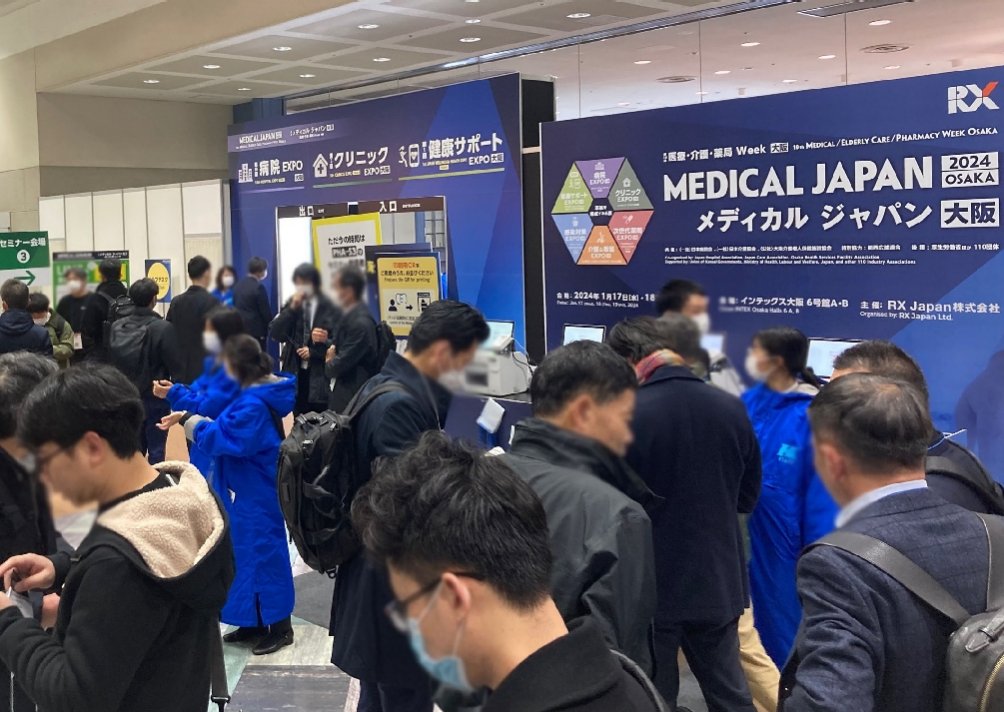
MEDICAL JAPAN 2025 OSAKA Returns to Showcase Global Innovations
2025-02-17
-

Visit MEDICAL JAPAN 2023 TOKYO and take full advantage of the business opportunities!
2023-09-01
-
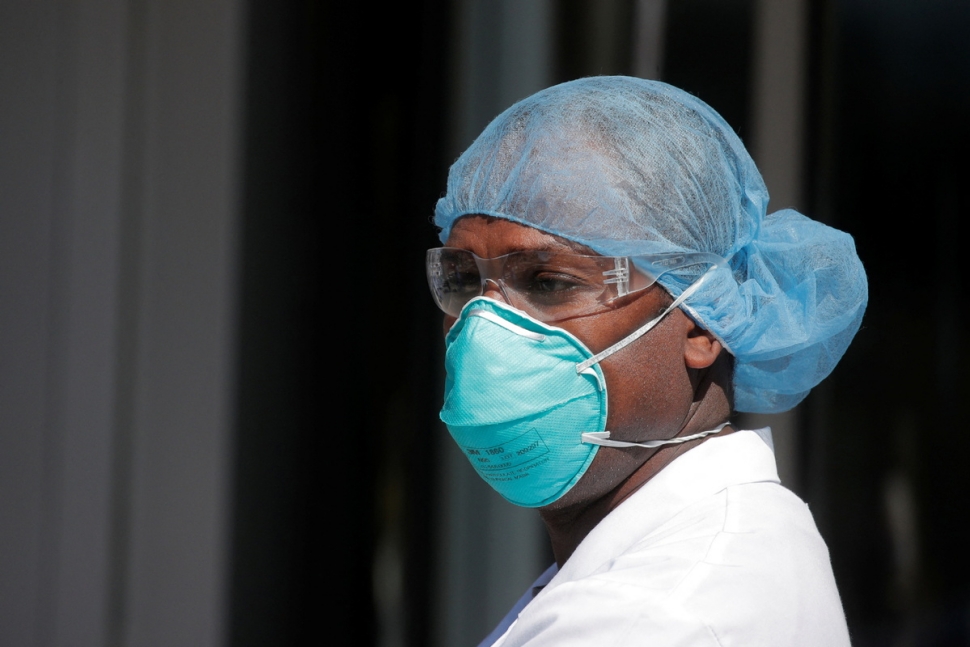
US to distribute 400 million free N95 masks at CVS, Walgreens in COVID fight
2022-01-21
-

Ethiopia receives additional 2.2 mln doses of Chinese-donated COVID-19 vaccines
2022-01-21
-
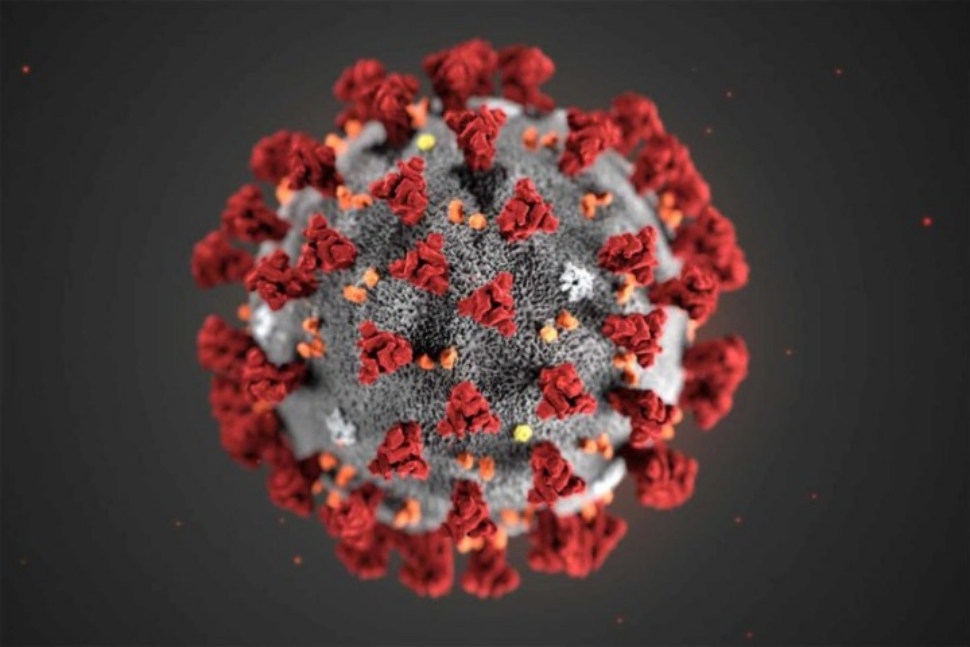
Hong Kong researchers say they develop novel material able to kill COVID-19 virus
2022-01-14
-
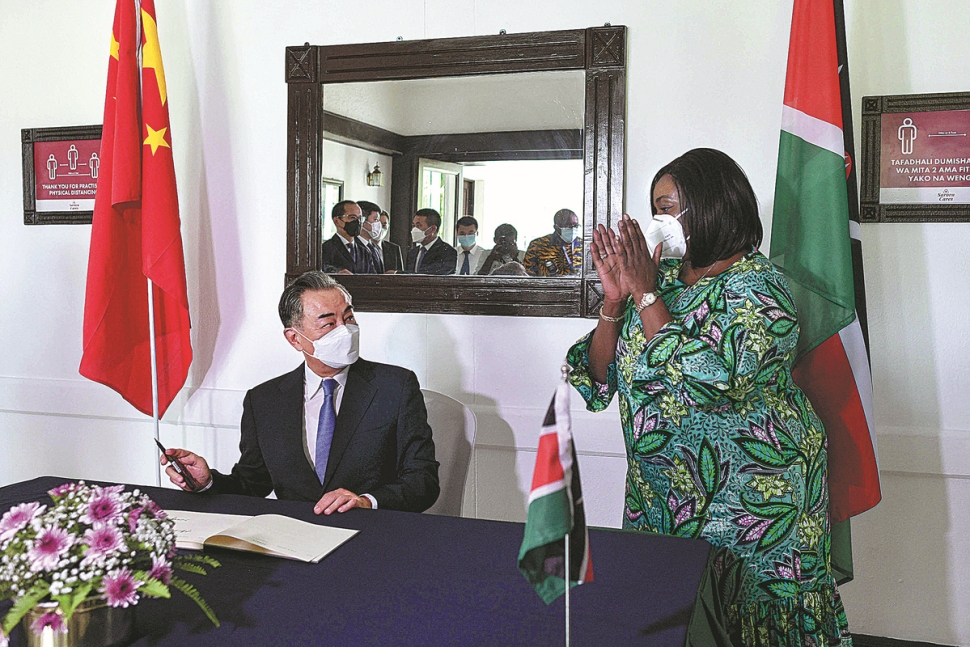
10 million more Chinese doses on way for Kenya
2022-01-14
-

Sino-African ties on track for a brighter future
2022-01-07
-

Efforts urged to boost COVID-19 vaccine production capacity in poor countries
2022-01-07
-
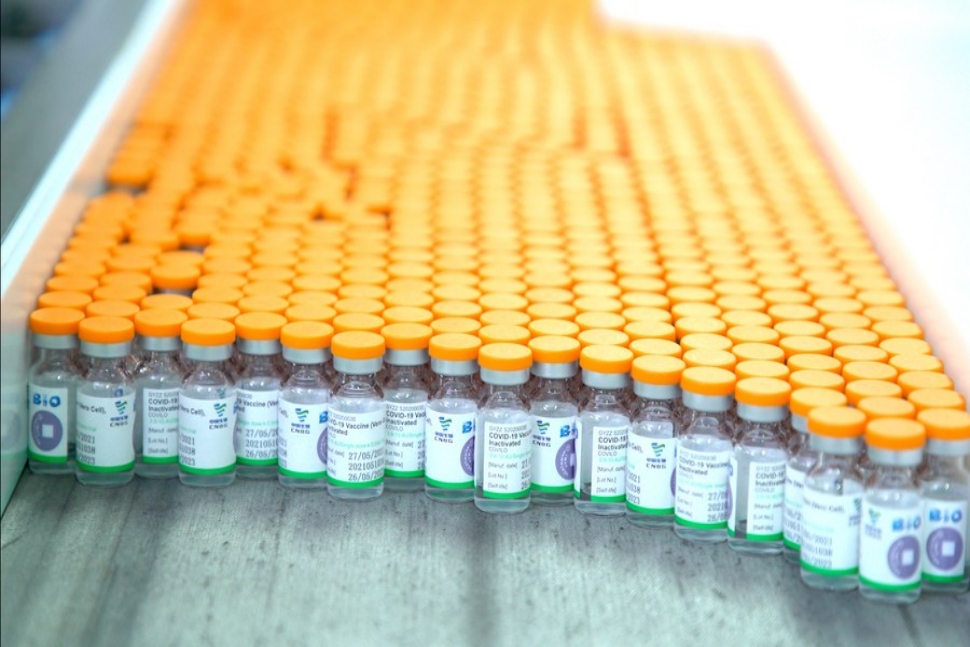
UAE approves Sinopharm's new protein-based COVID-19 vaccine
2022-01-07
-

UAE approves Sinopharm's new protein-based COVID-19 vaccine
2022-01-07
Raumedic improves the sliding properties of thermoplastic products
2019-09-11
Helmbrechts – With a new biocompatible additive, Raumedic is working to further enhance the sliding properties of medical plastic components. The mechanical and chemical characteristics of the base material should be maintained in the process. The medical technology company, which is also a producer of medical-grade plastic compounds, has tested a new additive in combination with a base polymer for over six months.
The new material can be added to thermoplastic elastomers, polyamides, polystyrenes and polyolefins. This mix of materials significantly lowers the coefficient of friction, a step that improves sliding properties. Comparison studies of extrudates with and without a sliding additive found that the additive had no significant effect on such parameters as dimension stability, flow rate and tensile strength.
Radiopaque settings and customized color finishes should also be possible with the material. “We see tremendous improvement potential for our catheter products because they are easier to introduce into the body thanks to their reduced gliding force,” said Dr. Katharina Neumann, the Head of the Materials Chemistry department at Raumedic. “Existing guidewires can be removed more easily as well.”
With the help of the new material combination, syringe systems could be optimized, among other things. “The additive can be used for all applications in which plastic has to glide well on plastic,” Dr. Katharina Neumann said in explaining the usage areas. Potential application areas include regional anesthesia, drug delivery and minimally invasive surgery.
The new material combination also has the potential to significantly lower costs, Dr. Katharina Neumann said. “Thermoplastic PTFE is relatively expensive,” she said. “Our new compound could be a lower-cost alternative.” For this reason, companies should take a close look at the material before they begin their actual product-development work, Dr. Katharina Neumann added.

The new material can be added to thermoplastic elastomers, polyamides, polystyrenes and polyolefins. This mix of materials significantly lowers the coefficient of friction, a step that improves sliding properties. Comparison studies of extrudates with and without a sliding additive found that the additive had no significant effect on such parameters as dimension stability, flow rate and tensile strength.
Radiopaque settings and customized color finishes should also be possible with the material. “We see tremendous improvement potential for our catheter products because they are easier to introduce into the body thanks to their reduced gliding force,” said Dr. Katharina Neumann, the Head of the Materials Chemistry department at Raumedic. “Existing guidewires can be removed more easily as well.”
With the help of the new material combination, syringe systems could be optimized, among other things. “The additive can be used for all applications in which plastic has to glide well on plastic,” Dr. Katharina Neumann said in explaining the usage areas. Potential application areas include regional anesthesia, drug delivery and minimally invasive surgery.
The new material combination also has the potential to significantly lower costs, Dr. Katharina Neumann said. “Thermoplastic PTFE is relatively expensive,” she said. “Our new compound could be a lower-cost alternative.” For this reason, companies should take a close look at the material before they begin their actual product-development work, Dr. Katharina Neumann added.

label :



 My Member
My Member Message Center
Message Center











